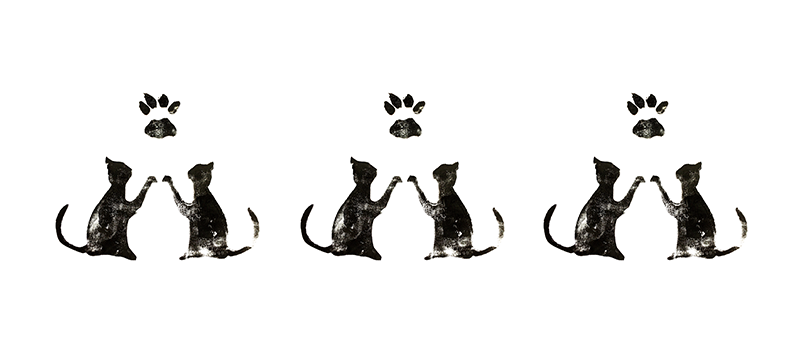Around 90 per cent of people are right-handed, less than 10 per cent left-handed and 1 per cent are ambidextrous. ‘This preference is called lateralization and it has advantages. Lateralization means that tasks are allocated to one of the two halves of the brain, making it easier to carry out two tasks at the same time.’
Lateralization also occurs in animals. Around 70 per cent of dogs and 80 per cent of cats have a favourite paw when working, playing or asked by their owner to give a paw. ‘The vast majority of humans prefer their right hand but that is not necessarily the case for animals. About equal numbers of cats are right-pawed and left-pawed whereas dogs have a slight preference for left.’
Some studies of dogs and cats show an association between a lack of lateralization and anxiety. Beerda: ‘We need to be careful though: a lot of research has been done on lateralization, but many of the studies are quite small.’
‘Equal numbers of cats are right-pawed and left-pawed, whereas dogs have a slight preference for left’
Bonne Beerda, Behavioural Ecology researcher
Lateralization is found in birds too, especially in how they deal with the left and right fields of vision. Beerda: ‘The right field of vision provides input to the left half of the brain, which is specialized in routine tasks such as looking for food. The left visual field provides input to the right half of the brain, which is used more for new things such as scanning for danger. Studies show that chickens are more likely to inspect new objects using their left field of vision. In breeding machines, you can expose eggs to light in the last few days so that the right eye, which is next to the shell, receives more light. That encourages lateralization of the brain halves and makes chickens better able to forage and look out for danger at the same time.’
In addition to dogs, cats and chickens, there are many other animals that have a preferred side, such as primates, mice, parrots and fish.
For most animals, the preference varies with the individual. It is not clear why humans as a whole have a strong preference for right. There is no evidence that right-handed people have more offspring, for example, which you would expect if it had an evolutionary advantage. Perhaps it is to some extent culturally determined and learned behaviour.
Every day, we are bombarded with masses of sometimes contradictory information. What are the facts? In this feature, a scientist answers your burning questions. Every question makes you a little wiser. Do you dare to ask yours? e-mail: redactie@resource.nl

 Illustration: Marly Hendricks
Illustration: Marly Hendricks